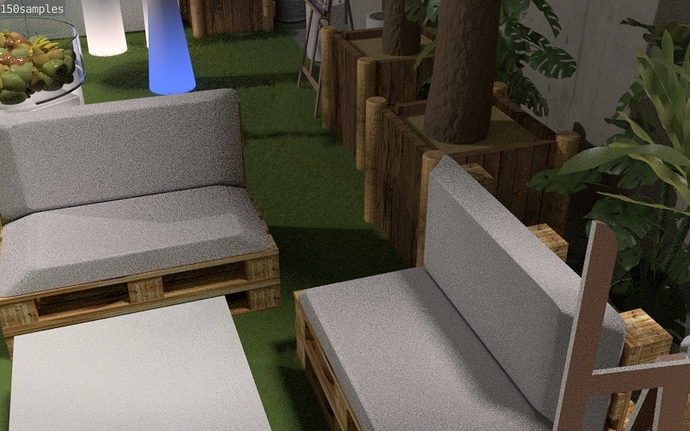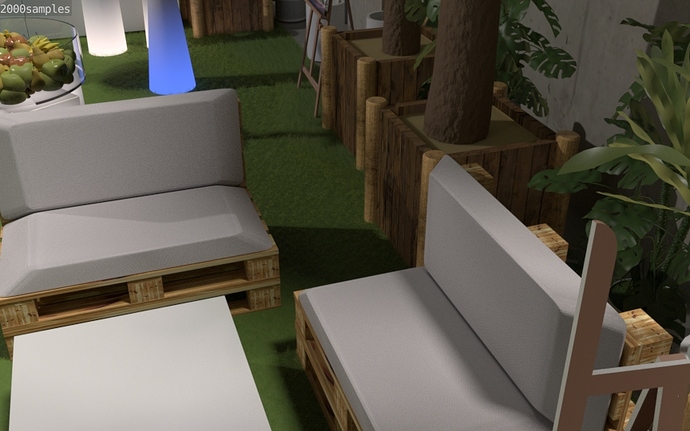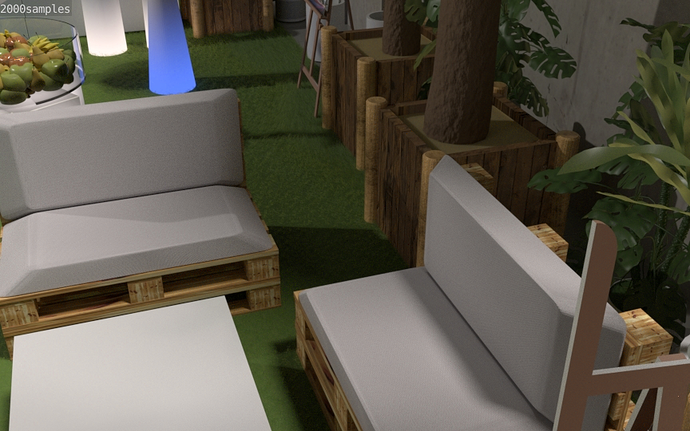Hello,
First yes i know, cycles denoiser is allready available in master.
However despite that i am still interested in denoising algorythms.
Currently i am creating a neural network to denoise images, and also using some other logic as well.
Wahts a neural network ?,
A neural network is a special kind of software logic, that learns by example.
One has to provide a question input, and a solution output.
The network overtime will learn how to create a solution from its inputs.
Its highly mathematical based upon how real brain tissue works.
What I essentially need is training data, thus training images.
And this is where you can help me out :
I need image series in 2 noise levels. (and preferably a bit more scenes using the same render setting).
If you can give me different sets of 2 images, ea a 2 images from a few camera angles keeping all render settings the same, then that would be awesome for me, what i need are images that follow these rules :
-
One image should be the highest sample rendering (without using cycles denoicer!), no visible noise of that camera
As you all know when looking at rendering its the last 20% of quality that takes about 80% of time. -
The other image should be that image that is pretty clear decent render but still has that noise, from the same camera viewpoint. Its that image from which you know how it will become but you still need that 20% more quality
-
Create a series of your scene render 2 images using various camera angles.
-
preferable have a scene with lots of variations in your scene, ea complex models nice textures, various colors.
-
Images that i would not be able to use are images with a solid background color on a solid black background, or outdoor scene with solid bleu.
-
Also images that use images as a background (HDRI etc), i cannot use those, the reason a neural network cannot learn from a situation where there is nothing to learn from such backgrounds dont depend much on render settings. (maybe later but for now i rather dont have such images).
-
If you created some clouds, or a procedural background its fine though.
Post your 2 image (series) here in this thread
When will you see a result ?
Well the neural network is finished but it requires more code, and i still have to write those parts, as i’m not sticking to any dates in my turbulent life i just say some day and maybe someday soon but not making promises.
Will the code be on public Github ?.
Not before i have a working beta, and not entirely sure if ever; if it works great i plan to show samples here and give the code to Blender, but since i code c# and they code c++ it would require translation. I likely though would provide it as a free application here for anyone to download. (not sure if i’ll code it operating system natural, currently the code is .net core OS independent, but it could be for unseen future problems that i should make it a windows app, my intentions are OS independent …
What if it doesnt work ?
People should remind that with coding challenges, things will not always work out as planned, neural networks are highly complex this is far from easy; its a topic under constant research with ups and downs. For me its the mathematics that attracts me, and i am curious where it will end, but cannt make hard guarantees. There is no science paper on which i base my logic, and so it will be mostly some of my own inventions combined. I have some credit as I work 5 years in robotic vision. However there is a high chance this project could fail you should know that, i’ve not tried before what i have planned now.
Seen more posting of you talking about noise
Do you finally put thing to code?
…yes !




